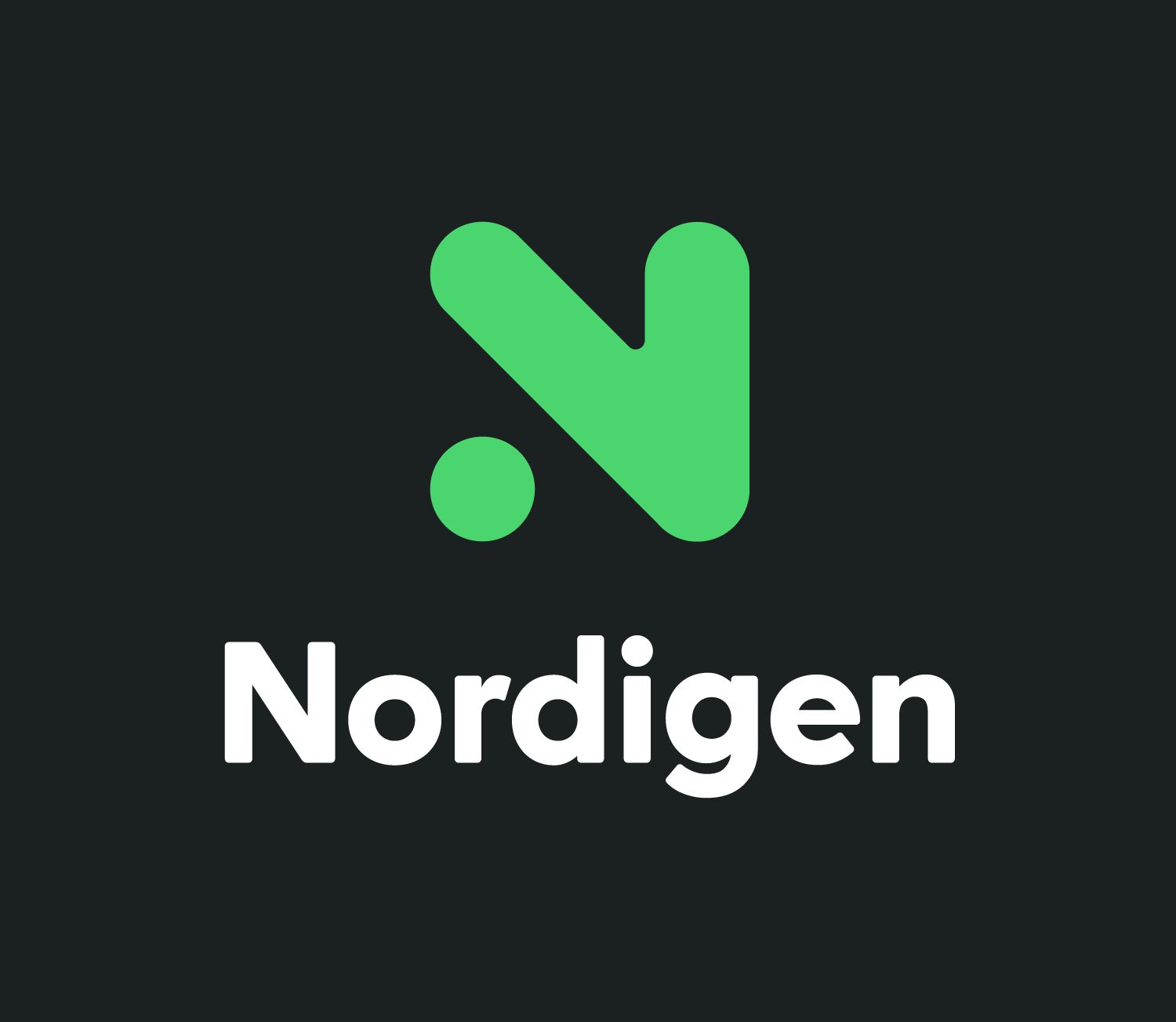Audio Presented by

One-stop solution open banking platform. FREE access to bank data and premium access for analysis and insights.
About Author
One-stop solution open banking platform. FREE access to bank data and premium access for analysis and insights.